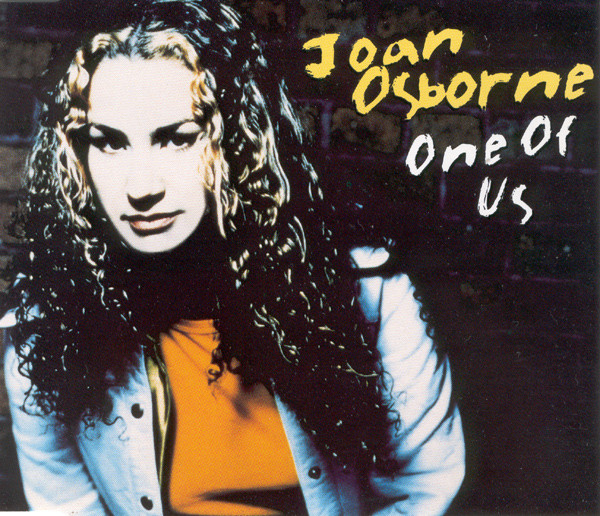|
| Take a BowMadonna |
Writer(s): Madonna, Kenneth “Babyface” Edmonds (see lyrics here) Released: December 6, 1994 First Charted: December 9, 1994 Peak: 17 US, 18 CB, 15 RR, 19 AC, 40 RB, 16 UK, 12 CN, 15 AU, 29 DF (Click for codes to singles charts.) Sales (in millions): 0.5 US, 0.1 UK, 0.9 world (includes US + UK) Airplay/Streaming (in millions): 1.0 radio, 33.0 video, -- streaming |
Awards:Click on award for more details. |
About the Song:“Part of the reason that Madonna maintained her place near the top of the hierarchy for so long was that she could recognize shifts in fashion and aesthetic. She could see those changes coming in real time, and she could adjust her style to meet those changes.” SG However, in the early ‘90s, “the Erotica album, the Sex book, the movie Body of Evidence – all came off as try-hard attempts to be risqué.” SG She adjusted with 1994’s Bedtime Stories, “a clear, unambiguous commercial move.” SG As she said, “I wanted a lot more of an R&B feel to this record.” FB That meant “Madonna, who was never exactly famous for her vocal firepower, was willingly putting herself in the same bracket as Mariah Carey and Whitney Houston and Boyz II Men.” SG She turned to Babyface, who wrote and produced Boyz II Men’s huge #1 hit “I’ll Make Love to You,” as a collaborator on “Take a Bow.” They met at his house and he played a piece of music he’d written but wasn’t sure where to take it. FB She wrote lyrics about an actor (rumoured to be Warren Beatty, who Madonna dated in the early ‘90s) who blows an affair by taking the narrator for granted. SG The resulting song was recorded with a full orchestra, a first for Babyface. FB It ended up as Madonna’s longest-running #1 on the Billboard Hot 100, which is surprising. The song is “soft and sleepy” SG and “sounds like it was built to become background music.” SG It doesn’t sound like “Madonna’s best hits, ballads included, [which] have always been big and dramatic and immediate. “ SG “The hooks just aren’t Madonna-sized.” SG Balladry wasn’t new to Madonna, but her previous efforts had typically been from movies – “Crazy for You” from 1984’s Vision Quest, “Live to Tell” from 1986’s At Close Range, “This Used to Be My Playground” from 1992’s A League of Their Own, “I’ll Remember” from 1994’s With Honors. Resources:
Related Links:First posted 8/22/2022. |











